As a gamer, I am sure you've come across the iconic Sega logo with its timeless font. It's like a blast from the past, instantly transporting you to the golden era of gaming. I can't help but feel a surge of nostalgia every time that logo pops up on my screen. It's incredible to think that it has been a symbol of the gaming industry since as far back as 1964.
That's over half a century of gaming history right there. Sega has truly left an indelible mark on the gaming world, and its logo is a testament to its enduring legacy.
Whether you’ve played Sonic the Hedgehog 2, Super Street Fighter II, or Mortal Kombat II, there's something for everyone out there, and some of these games still boost an incredible fan base.
Sega hasn't gained notoriety with its games only but also with its consoles. With these thoughts in mind, here are all the Sega consoles ever made, as well as my favorites from this list.
All Sega Consoles & Handhelds
SG-1000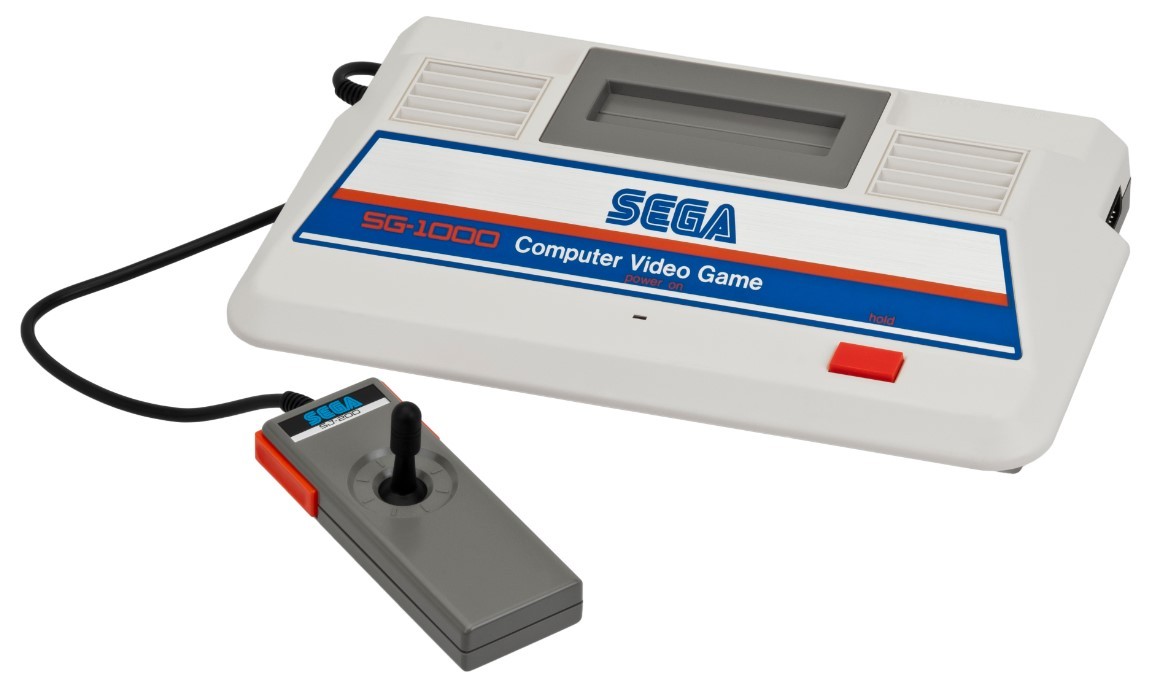
Sega was already a popular name when SG-1000 came out in the summer of 1983. The console went into Sega’s portfolio with the third generation. It worked with ROM cartridges and had an updated version with controllers and a more realistic experience. It wasn’t a major success for Sega, though.
However, whether a coincidence or not, Nintendo released Famicom on the same day, and it was much more successful, putting the SG-1000 in a poor light. Quite a few variants were released overtime, though.
Master System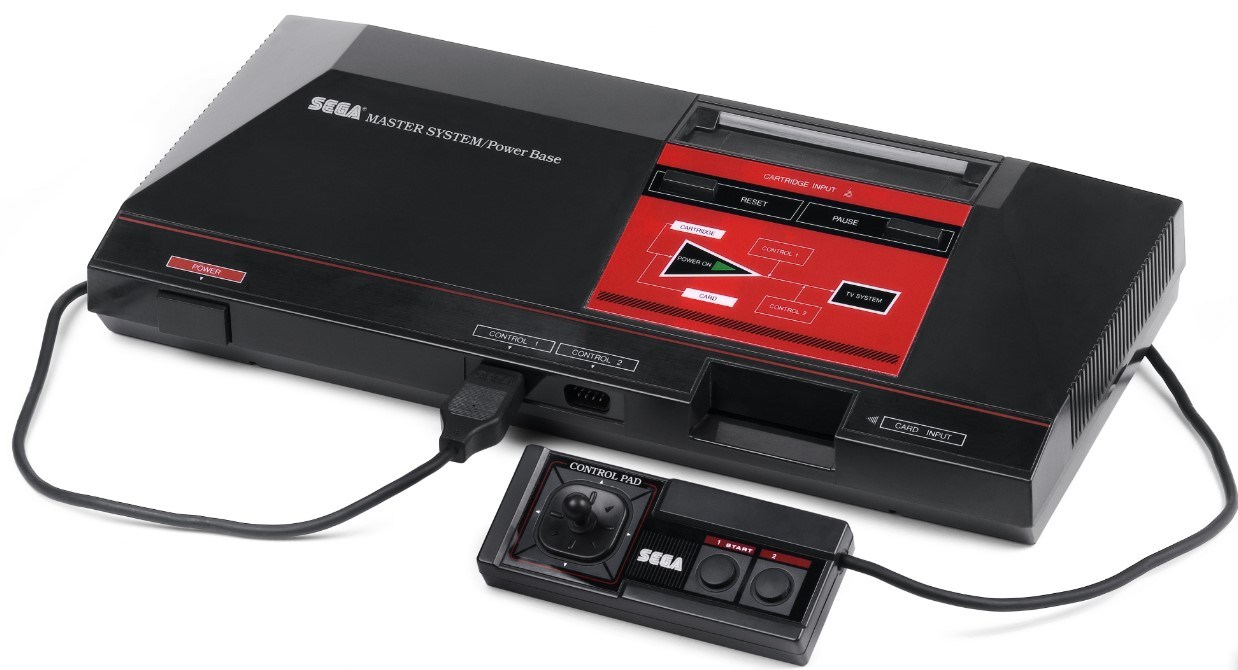
Master System was originally released in 1985, but further releases were organized in North America and Europe as well. It was initially a new variant of SG-1000 before being rebranded. It worked with both ROM cartridges and Sega Card games. My first console ever, and believe it or not, I still have it today.
It was pretty successful in Europe, but Japan and North America failed to embrace it.
Mega Drive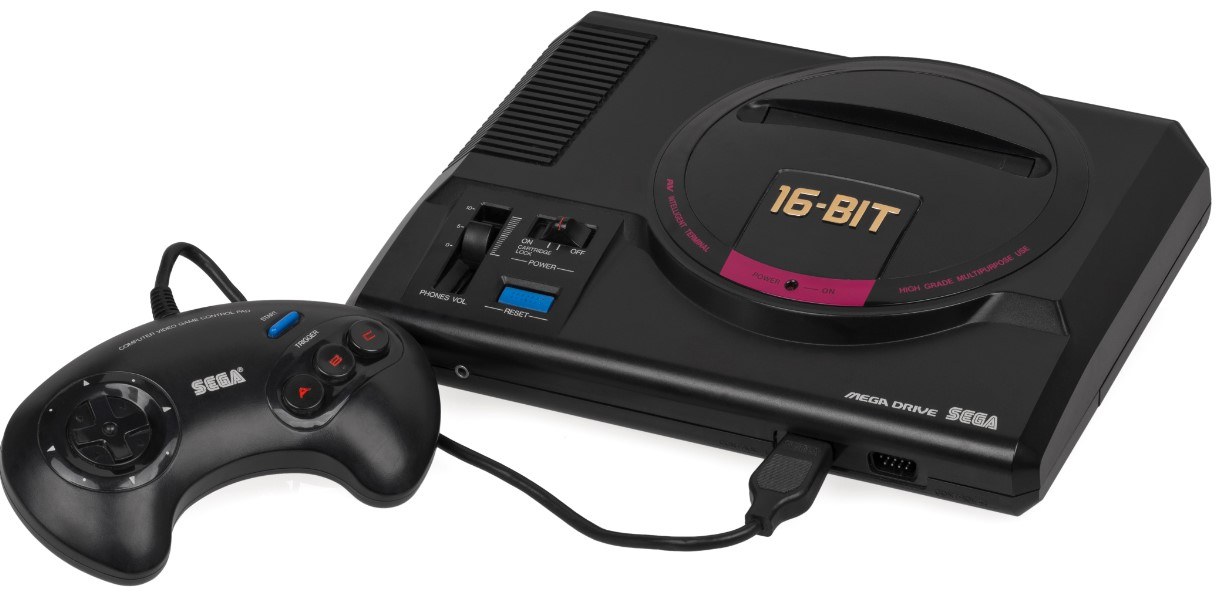
Mega Drive came out at the end of the 1980s, with a further release in 1990 in Europe. It was known as Genesis in North America, and it relied on ROM cartridges. Further versions were released, some of them smaller, others less potent.
For instance, Genesis Nomad was a handheld variant. It was discontinued in 1997, but fan based variants and third-party copies kept coming out until late 2000s. It was a solid name in North America and one of my favorite consoles ever.
Game Gear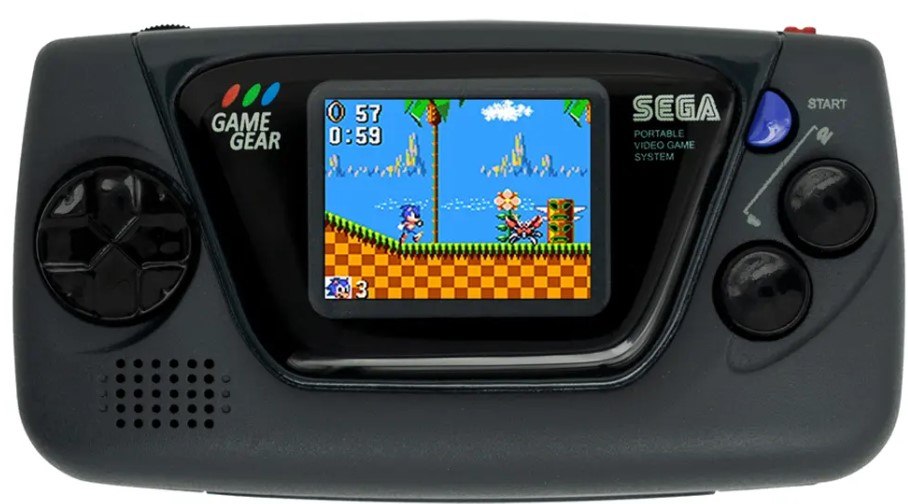
Game Gear came out at the beginning of the 1990s, and it was Sega's first handheld gaming console. From many points of view, it was similar to the Master System. However, to play Master System games, you had to get a converter.
Using ROM cartridges, the console was a success, but then again, Sega was outdone by its main competitor, Nintendo. I had both, and while Nintendo did offer a better choice, in my opinion, Game Gear was not as popular, so there was something special about it.
Sega Pico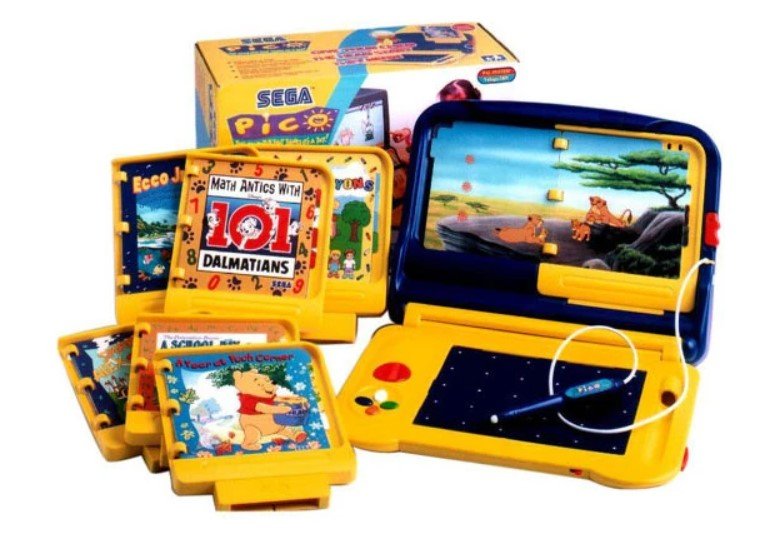
Sega Pico came out in 1993, with a few further releases later on. It was more successful in Japan than in Europe and North America. It was also known as Kids Computer Pico in Japan. After all, the console was specifically aimed at young kids and toddlers.
The console worked with ROM cartridges, but they were different from what you might’ve been used to. They were designed like mini books. Also, it has a small tablet and a stylus for control. Somehow, it failed to become a hit in the western world.
Sega CD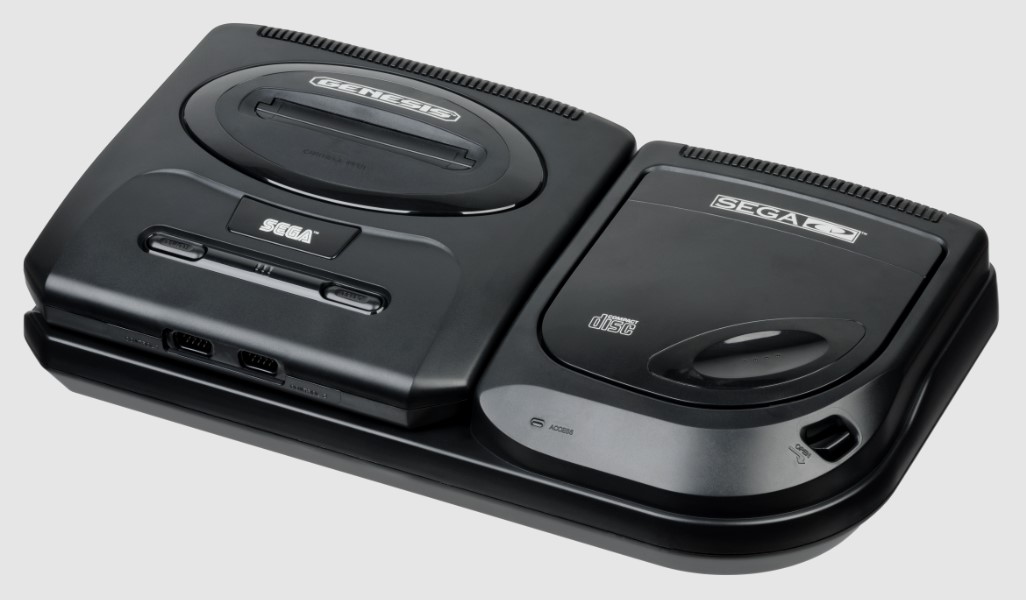
I’m pretty sure the Sega CD wasn’t released like an actual console. Instead, it was an addon, an accessory that expanded the gaming library on Mega Drive. It came out in 1991 and didn’t work independently.
Now, Mega Drive was quite powerful and solid back then, but Sega CD took graphics and speed to another level.
More than 200 games were enhanced with this amazing addon.
32X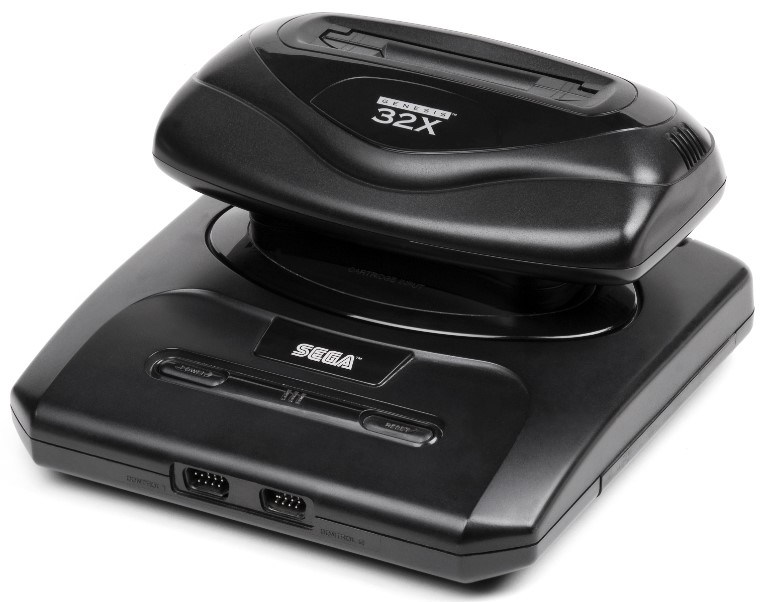
I don’t know if the 32X should be considered a console on its own. It was actually an addon for the Mega Drive, but it came with its own unique library. More powerful and with support for different games, it didn’t gain too much popularity.
A further mix of 32X and Mega Drive was supposed to come out, but it was canceled.
Sega Saturn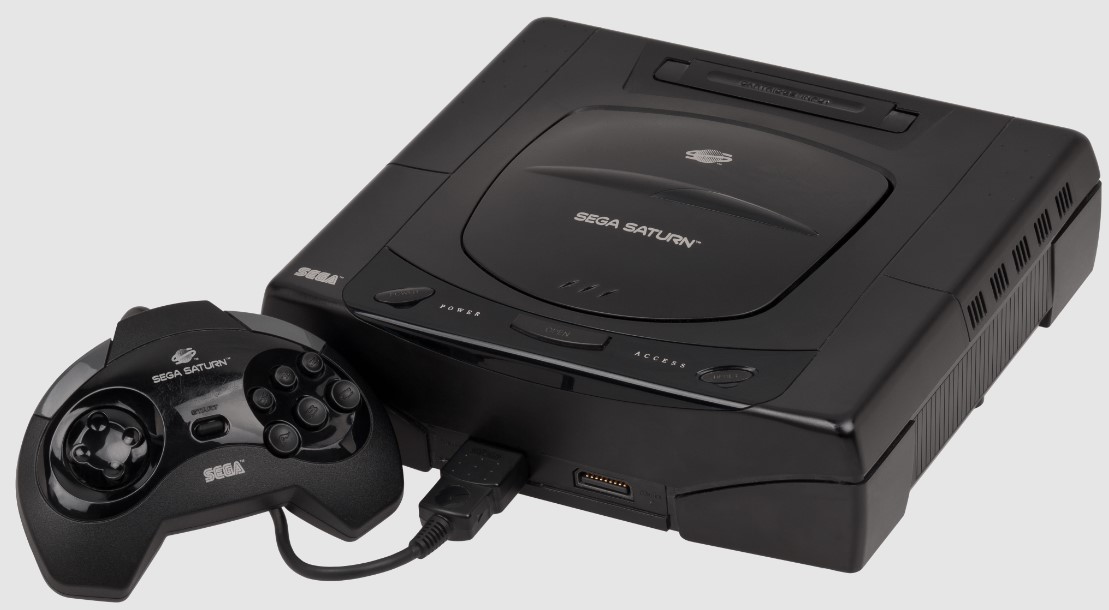
Sega Saturn smashed the 32 bit console generation and came out in 1994. Working with CDs, it took things to another level when the proprietary NetLink accesory was released, offering multiplayer gaming solutions.
A different variant was planned, Sega Pluto, but it never came out. It was similar, but the NetLink feature was built in. It was one of the best consoles I’ve ever used, but in terms of sales, it was outweighed by its competition again.
Sega Nomad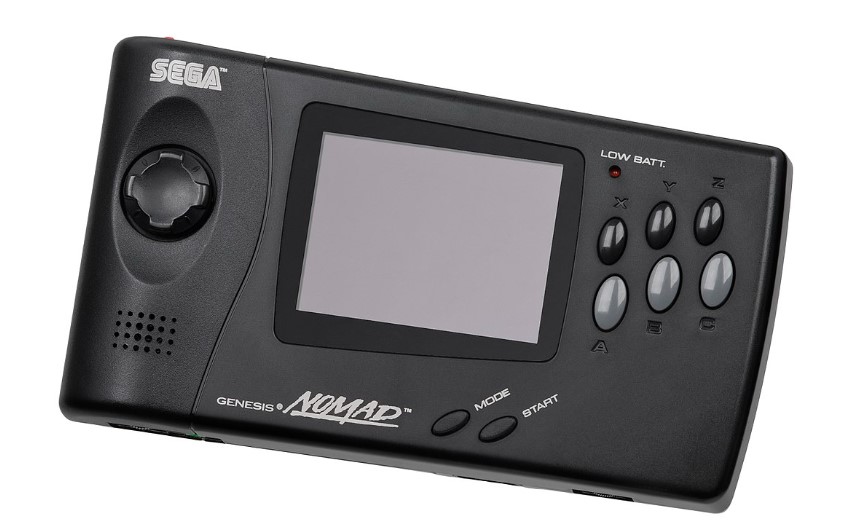
Sega Nomad came out in 1995 and was considered a portable version of the Mega Drive. There were more than 500 games available for the Mega Drive, and all of them worked with Sega Nomad too.
Sega Nomad was the only console on the market that was portable, had its own screen, and could also connect to a classic TV.
Support was poor, though, with many other Sega consoles being available on the market. With about a million units sold, it was considered a commercial failure. It's probably my favorite console ever made by Sega, mainly because of how convenient it was to take it and use it anywhere.
Dreamcast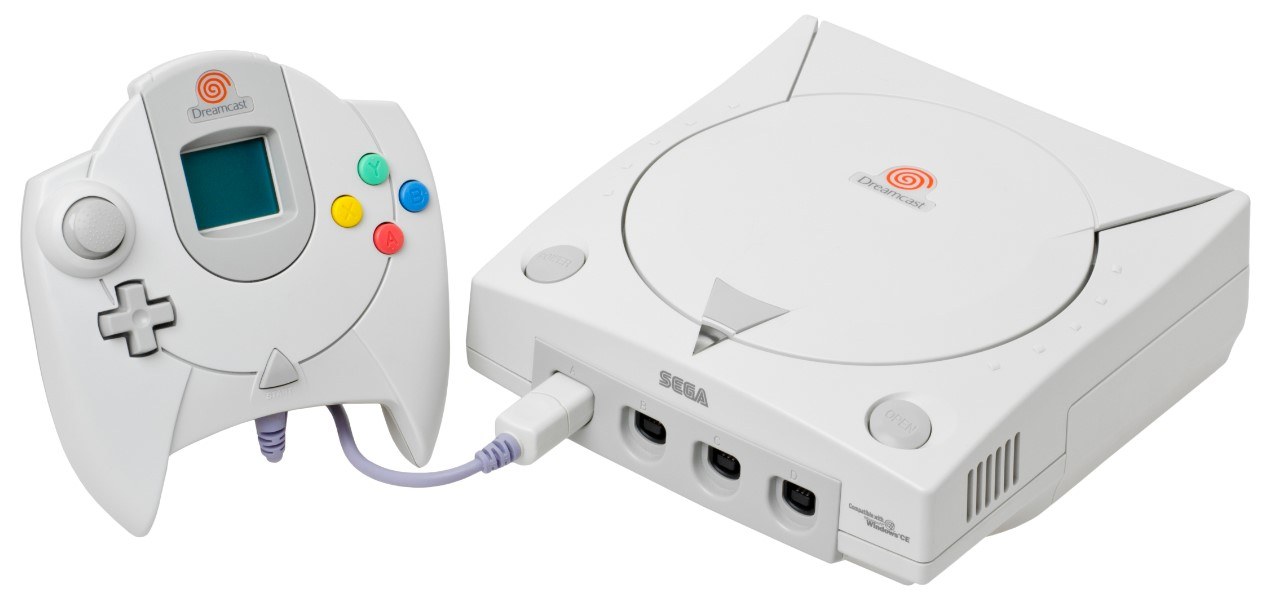
Dreamcast was Sega's last major console. It used to have its own GD-ROM games, but once again, its competition dominated the market. Sega failed to bring in DVD support, and that’s what ruined the sales straight away.
Anyway, Dreamcast is a pretty nice choice for old school gamers, even these days. It has its own modem, which can connect to web services all around the world. Then, it’s worth noting the VMU accessory too, which had extra memory and a new screen.
Advanced Pico Beena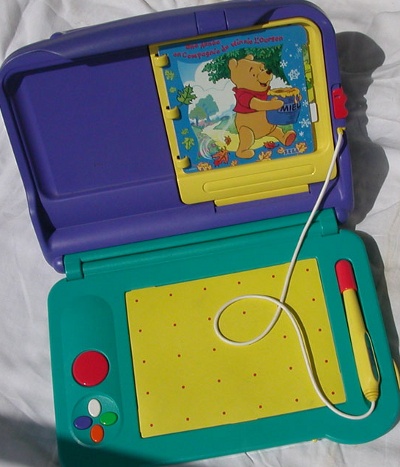
Given the success of Sega Pico in Japan, Advanced Pico Beena was the second console designed for young kids. Since the first one failed to gain popularity in the western world, this one was released in Japan only.
It uses ROM cartridges designed like books.
A second variant was released in 2008, cheaper and lighter on resources. The console has never been officially discontinued, but the last game was made in 2011.
FAQs
What was the first released SEGA console?
The first released SEGA console was the SG-1000, which was introduced in 1983. It was followed by consoles like the SG-1000 II and SG-1000 III.
Why did Sega stop making consoles?
Sega stopped making consoles primarily due to financial difficulties and intense competition from rival companies, such as Nintendo and Sony. The company faced challenges with the Sega Saturn and Sega Dreamcast consoles, which did not perform as well in the market as expected.
What was the last Sega console?
The last Sega console to be released was the Sega Dreamcast in 1998. Despite its innovative features and a strong lineup of games, the Dreamcast faced tough competition from the PlayStation 2 which ultimately led to Sega's decision to exit the console hardware business.
Final words
Sega has left an indelible mark on the gaming industry with its consoles and handhelds. From the early days of SG-1000 to the innovative Dreamcast, Sega has continually pushed the boundaries of gaming technology. While not all of their consoles were commercial successes, each one brought something unique to the table.
Although Sega's journey in the console market eventually came to an end, its impact on the gaming world cannot be denied. They continue to be remembered for their innovative spirit and timeless classics.

![List of All Sega Consoles & Handhelds In Order [Complete List]](/img/blog/list-of-all-sega-consoles-handhelds-in-order-257.jpg)